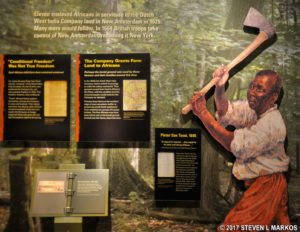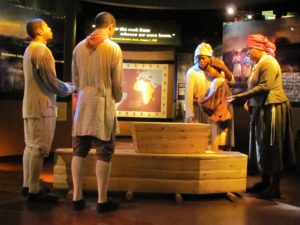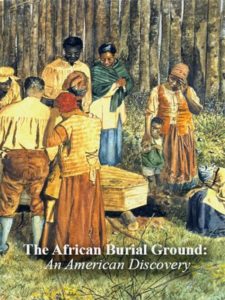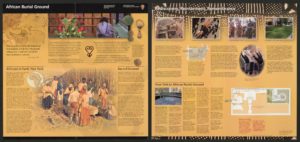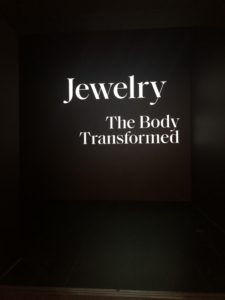
Upon visiting the African Burial Museum and reading about how many people are buried there and their traumatic pasts, I was saddened. There are 15,000 enslaved African Americans buried at the African Burial Ground. Considering their work ethic and how they are essentially the backbone of the “colony building” of America, they should be respected and honored. However, during those times African slaves were seen as property, a commodity to be bought and sold, to be used and abused. They were seen as animals, where if they were sick and couldn’t perform or be sold for anything they were just thrown off the ship that was on the voyage to America.
I enjoyed learning about how the enslaved African Americans viewed death through their artwork. Their burial was a mix of celebration, mourning, and connecting with their ancestors. They also buried their loved ones with certain possessions. It seemed almost peaceful to watch how they honored the dead as well as their ancestors and formed a community regardless of the numerous rules/ codes that were imposed on them.
Enslaved Africans had to sneak out in order to have social gatherings. This also meant that they were breaking the law, which seems outrageous to think about relative to today’s society. This really made me think about where this ideology came from that blacks are inferior to whites and what justification slave-owners had for owning and possibly raping slaves, besides it being the “norm” at the time. While slavery is abolished in the current times, it doesn’t seem that we have evolved too far from those ideologies; rather, they are resurfacing in the form of police brutality, mass incarceration, and environmental racism.
